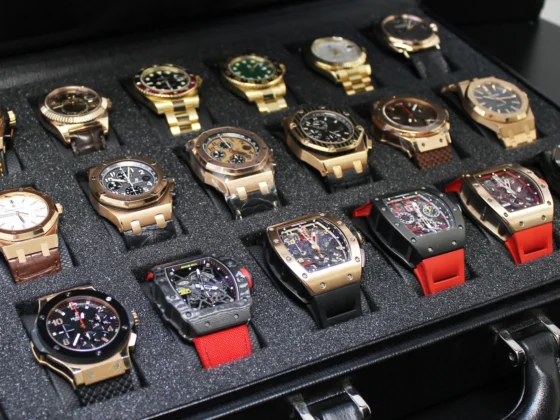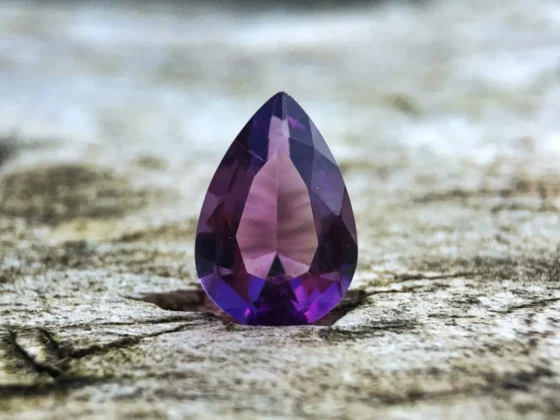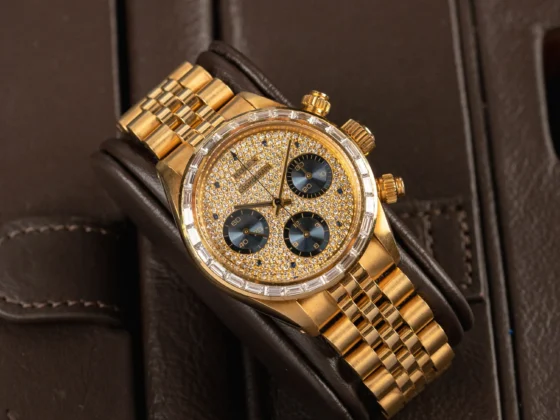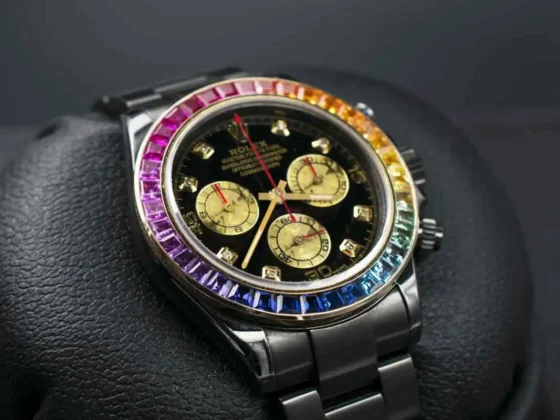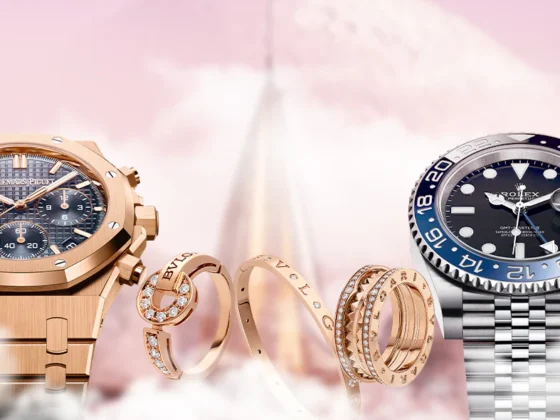Luxury watches and high-end jewelry have long been regarded as symbols of status, but over time, they’ve also proven to be sound financial investments. For collectors and investors alike, understanding the financial intricacies behind these prestigious assets is critical to maximizing both aesthetic and monetary value. In this article, we’ll explore key insights into the financial aspects of collecting luxury watches and jewelry, helping you navigate the complex world of high-end investments.
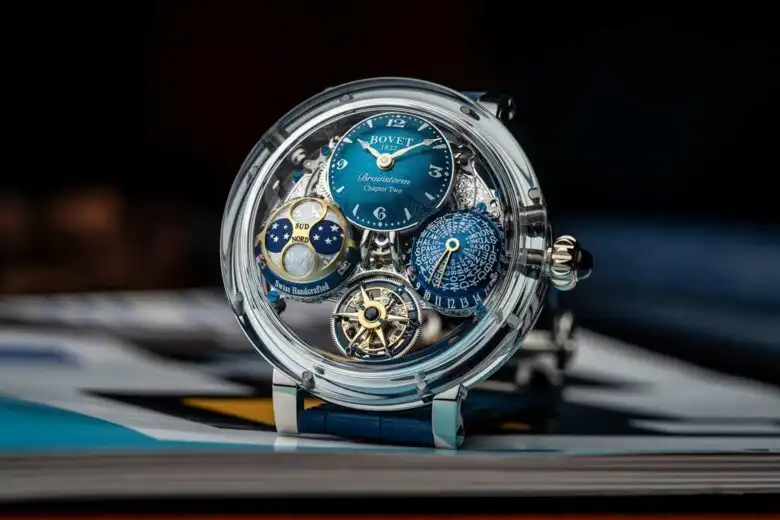
Why Luxury Watches and Jewelry Are Considered Investment-Grade Assets
The appeal of luxury watches and jewelry extends far beyond their craftsmanship and beauty. They also offer a potential for financial gain, often appreciating in value over time. Several factors contribute to their investment appeal:
- Tangible Assets: Unlike stocks or bonds, luxury watches and jewelry are tangible items that investors can physically hold. This makes them particularly attractive during times of economic uncertainty when intangible assets may feel less secure.
- Scarcity and Exclusivity: Limited-edition timepieces and one-of-a-kind jewelry pieces command high prices due to their rarity. Brands like Patek Philippe, Rolex, and Cartier regularly release limited series, and these often appreciate as supply dwindles and demand rises.
- Historical Significance: Vintage watches and antique jewelry with a rich history, whether from a famous manufacturer or worn by notable figures, often see their values skyrocket. Collectors value not only the aesthetics but also the stories behind these pieces, which can turn them into prized assets.
- Resilience to Economic Downturns: Luxury goods, particularly from high-status brands, tend to maintain their value even during economic slumps. While other sectors may suffer from volatility, the high-end watch and jewelry markets show resilience thanks to their exclusive clientele and limited supply.
How to Maximize the Financial Returns on Your Watch and Jewelry Collection
Luxury assets can generate significant returns if managed correctly. Below are essential tips for maximizing financial outcomes from your collection:
1. Timing the Market
Understanding when to buy and sell is critical. Just like stocks, luxury watches and jewelry follow market trends, and prices fluctuate based on demand, cultural shifts, and economic conditions. Pay attention to auction results from houses like Phillips, Christie’s, and Sotheby’s, which often set benchmarks for market pricing.
For example, certain Rolex or Audemars Piguet models have seen value spikes after a high-profile auction sale. Similarly, vintage Cartier jewelry may soar in value due to renewed interest sparked by trends or celebrity endorsements.
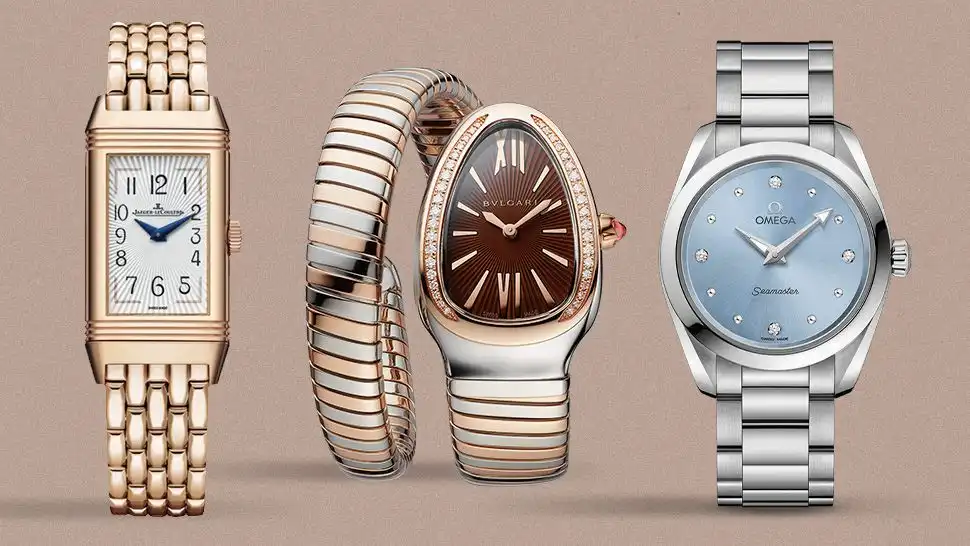
2. Focus on Iconic Brands and Limited Editions
Investing in iconic brands such as Patek Philippe, Vacheron Constantin, and Rolex for watches, or Cartier, Van Cleef & Arpels, and Bulgari for jewelry, is often a safe strategy. These brands hold their value well, especially when the pieces are in mint condition or are limited editions.
Limited-edition collaborations, such as Maison Designers’ partnerships with renowned watchmakers or custom pieces designed for specific clients, often see greater appreciation over time. By securing such exclusives early, collectors can enjoy a higher return on investment as their rarity increases.
3. Maintain and Preserve Value
The value of your watches and jewelry can quickly diminish without proper care and maintenance. Regular servicing by certified professionals and ensuring that each piece remains in excellent condition is crucial. Original packaging, documentation, and certificates of authenticity also contribute to preserving value.
For watches, regular servicing by the brand or an authorized service center is recommended. Any alterations, like replacing original parts, can decrease the resale value. In jewelry, keeping gemstones intact and ensuring proper storage away from light and humidity is key to maintaining their brilliance and worth.
4. Insure Your Collection
Proper insurance is a must for any luxury collector. Work with providers that specialize in high-end valuables to ensure that your collection is protected against theft, loss, or damage. Insuring rare or one-of-a-kind pieces requires a customized plan to match their market value, which may fluctuate over time. Updating appraisals regularly ensures that your insurance reflects the current value of your assets.
5. Build a Network in the Luxury Market
Networking with other collectors, dealers, and industry insiders is invaluable for staying ahead of market trends. Attending VIP events, boutique sales, and global fairs like Baselworld and Watches & Wonders allows you to gain insights into emerging investment opportunities before they become widely known. Connecting with auction houses can also provide early access to rare watches and jewelry.
Collectors with close relationships with watchmakers and jewelry designers are often given early access to limited-edition releases or bespoke commissions, providing opportunities to invest in valuable pieces before they hit the public market.
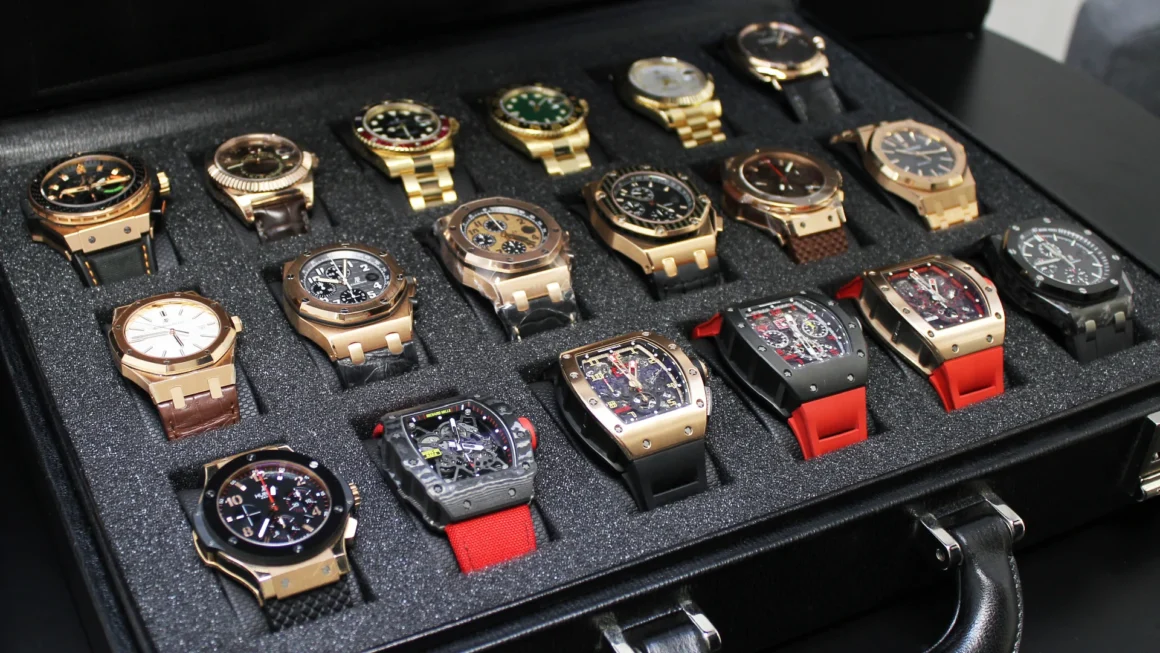
The Risks of Investing in Luxury Watches and Jewelry
While investing in luxury goods can yield high returns, it’s essential to be aware of the risks involved:
1. Market Volatility
The luxury watch and jewelry markets can be volatile. Prices fluctuate based on demand, trends, and economic conditions. While long-term value tends to appreciate, short-term dips in market prices can occur. Patience is key, as overreacting to a temporary downturn can result in significant financial losses.
2. Liquidity Issues
Luxury watches and jewelry are not as liquid as other financial assets, such as stocks or real estate. Finding the right buyer for a high-end watch or a unique jewelry piece can take time, and selling quickly may result in a lower-than-expected return.
3. Counterfeit Risks
As with any high-value item, counterfeiting is a significant risk in the luxury market. Always buy from reputable dealers and auction houses that provide thorough verification and authentication. Ensuring your pieces have detailed provenance helps guarantee their value when it comes time to sell.
Conclusion: A Balanced Approach to Luxury Collecting
The financial side of luxury watch and jewelry collecting requires a balanced approach of passion and strategy. While these items are beautiful and often carry sentimental value, they also hold significant financial potential if managed correctly. By focusing on iconic brands, maintaining your collection, timing the market, and protecting your assets, you can maximize both personal enjoyment and financial returns from your high-end investments.
For the savvy investor, luxury watches and jewelry offer a unique combination of tangible beauty and profitable financial opportunities. With careful management and a strategic approach, you can turn your collection into a valuable asset that stands the test of time.


